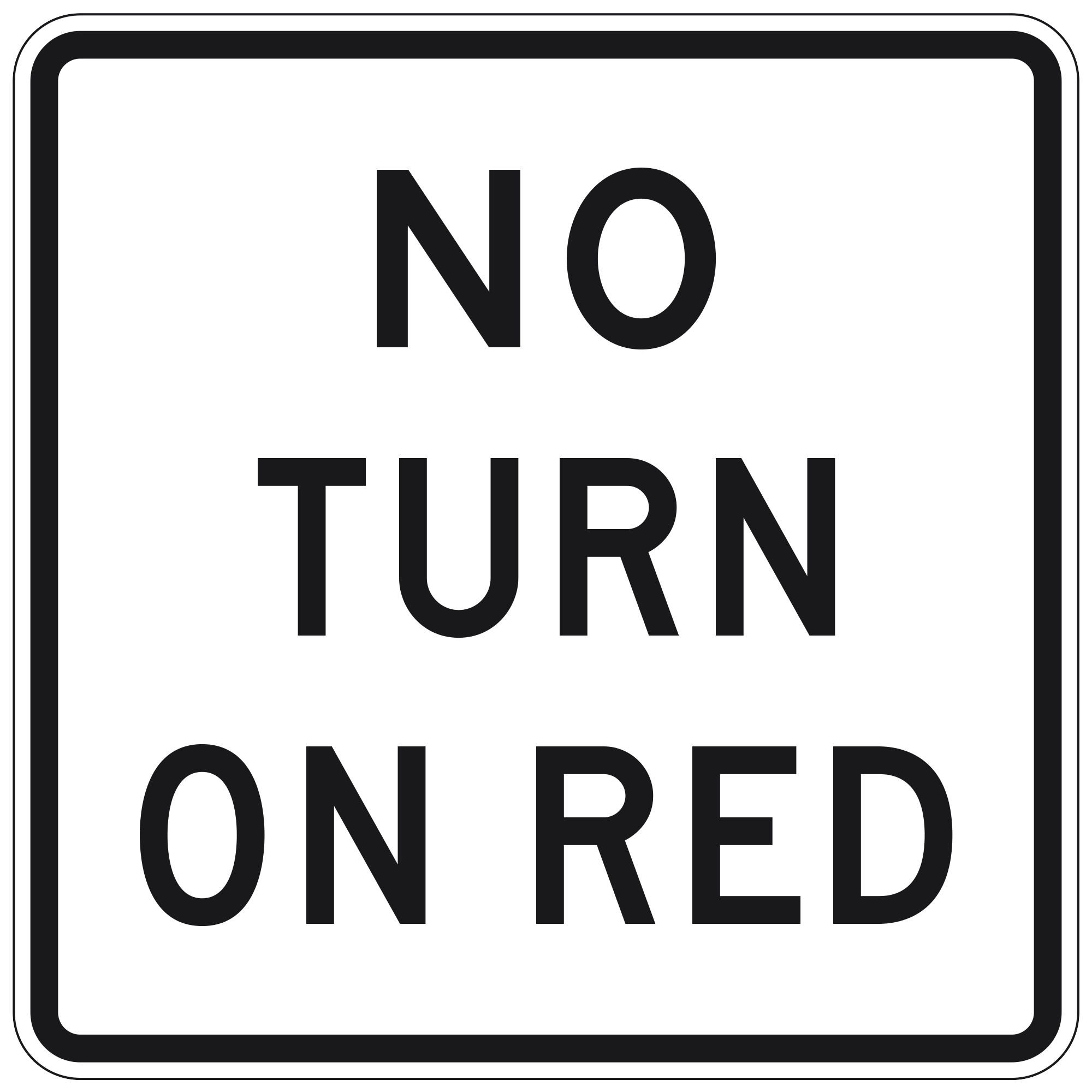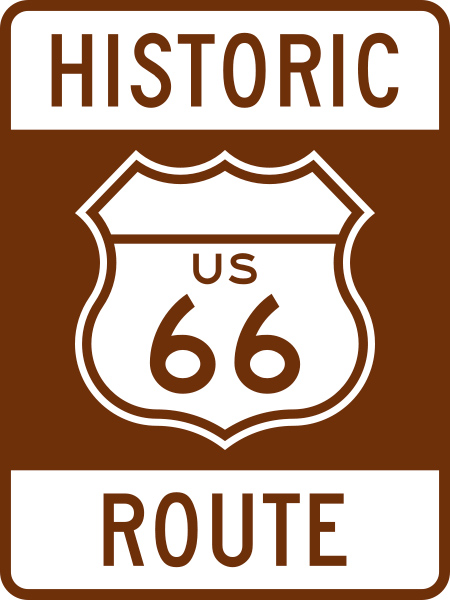DRIVING IN THE UNITED STATES

When traveling in a foreign country by driving a vehicle it is important to know the main laws regulating circulation and local habits. There are some situations that could be unusual such as a crossroads with the stop sign on all the streets (all stop and pass the first come) or the possibility to turn right with the red light, giving priority to those who have the green light. This in some cases, as in the city of New York, is prohibited and indicated by a sign with the words “no turn on red”.
Law
The United States is a Federal Presidential Republic, this means that each state makes its own laws and therefore not always a rule is valid throughout the country. An example is that the right turn with red, which is generally admitted in the United States but not in the city of New York.
People who drive in the U.S. must have a valid driver's license. Some states require an International Driving Permit (IDP) from foreign nationals, in addition to a valid license from your own country.
The speed limits are usually 25/35 miles per hour in cities (40/55 km/h) and between 60 (96 km/h) and 75 miles on the highway (120 km/h). It is very important to respect them because the police are inflexible and use radar for detection. Fines vary according to the speed.
It is mandatory to fasten seat belts in all states, except in New Hampshire where there is no legislation for those over the age of 18. Motorcycle helmets are mandatory in most states, but in some cases only riders under the age of 18 or 19 are required to wear it.
It is not advisable to drive after drinking more than one glass of wine because there are very restrictive rules. Drunk driving is established based on the degree of alcohol in the blood. The alcohol rate is 0.08% in all states while for those under 21 it is generally 0.02%.
There are different rules in the various states on the use of mobile phones in cars, an overview can be found at
www.distraction.gov.
Generally, you can pass on right on the highways unless otherwise noted, while the cars inside a roundabout always have right of way.
Particular attention should be paid to school buses, very common in the USA. In the event of a stop, a light signal is activated and a stop sign exits next to the driver. In this situation it is absolutely forbidden to pass them, even if you come from the opposite lane. This precaution is taken to ensure that students can cross the road safely.
The rules for parking are indicated on the signs, for example no parking or no standing or colored stripes on the asphalt (red for prohibition, yellow for authorization for commercial vehicles, green for temporary parking and white for passenger loading and unloading). You can’t park in front of the hydrants, the minimum distance is 5m.
To stop a vehicle the police follow the car signaling its presence with flashing lights. The stopped driver must to pull over and he must stay in the car with his hands well in sight on the steering wheel as long as the policeman does not give different indications. Getting off the car is in fact interpreted as an attempt to escape. In the event of a fine you must pay in the administrative offices. There is obviously the possibility of challenging it, but in this case we must wait for the case to be assigned to a judge, then go to court and make a confrontation with the policeman who has challenged the fine.
Roads and signs

The names of the main routes that cross the US States are formed by a number and by one of the four cardinal points (north, south, east, west). The roads that go from east to west have an even number, the number increases from south to north, while those that go from north to south are odd and their number increases from west to east.
The streets with one or two digits are the main communication routes while those with three numbers are the branches, which are divided into motorway junctions (spur routes) and the ring roads that run around the cities (loop routes).
The motorways have different names: highway, freeway, expressway, beltway, toll road, turnpike. These last two are those where there is a toll to pay.
The road signs are divided into six categories:
1. prohibition signs, white squares with red or black symbols (eg parking prohibition), red with white writing (eg stop);
2. warning signs, yellow diamond with black writing (eg dangerous curve);
3. guide signs, green with white writing (eg airports), rossoblù with white writing (eg, interstate numbers), black and white with black writing (eg national roads numbers);
4. motorist services signss, blue with white writing (eg telephone);
5. road maintenance signs, orange rhombus with black symbol (eg work in progress);
6. recreation signs, brown with white writing (eg natural park).
References
Driving in the United States (Wikipedia)
Driving in the U.S. (USA.gov, U.S. government's official web portal)
U.S. Route Numbering (American Association of State Highway and Transportation Officials)
United States Road Symbol Signs (U.S. Department of Transportation)
Useful links
Federal Highway Administration (U.S. Department of Transportation)
Highway & Traffic Rules (New York City Department of Transportation)
Speed limits (Insurance Institute for Highway Safety)
Distracted Driving (www.distraction.gov)
7 Tips for Saving on Rental Cars (New York Times)
Gasoline and Diesel Fuel Update (U.S. Energy Information Administration (EIA))
AAA Gas Prices (AAA, the American Automobile Association, Inc.
 When traveling in a foreign country by driving a vehicle it is important to know the main laws regulating circulation and local habits. There are some situations that could be unusual such as a crossroads with the stop sign on all the streets (all stop and pass the first come) or the possibility to turn right with the red light, giving priority to those who have the green light. This in some cases, as in the city of New York, is prohibited and indicated by a sign with the words “no turn on red”.
When traveling in a foreign country by driving a vehicle it is important to know the main laws regulating circulation and local habits. There are some situations that could be unusual such as a crossroads with the stop sign on all the streets (all stop and pass the first come) or the possibility to turn right with the red light, giving priority to those who have the green light. This in some cases, as in the city of New York, is prohibited and indicated by a sign with the words “no turn on red”.
 The names of the main routes that cross the US States are formed by a number and by one of the four cardinal points (north, south, east, west). The roads that go from east to west have an even number, the number increases from south to north, while those that go from north to south are odd and their number increases from west to east.
The names of the main routes that cross the US States are formed by a number and by one of the four cardinal points (north, south, east, west). The roads that go from east to west have an even number, the number increases from south to north, while those that go from north to south are odd and their number increases from west to east.